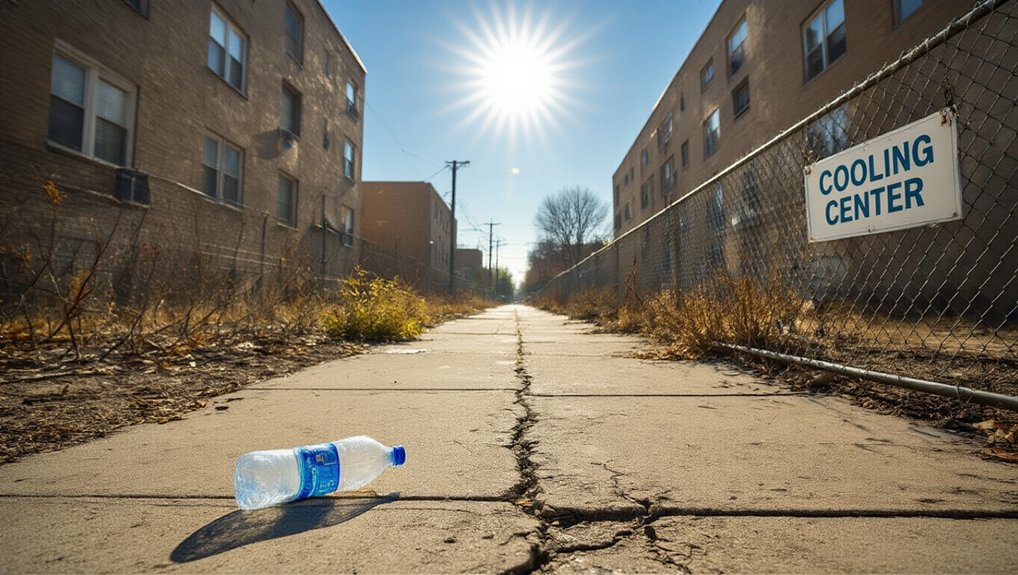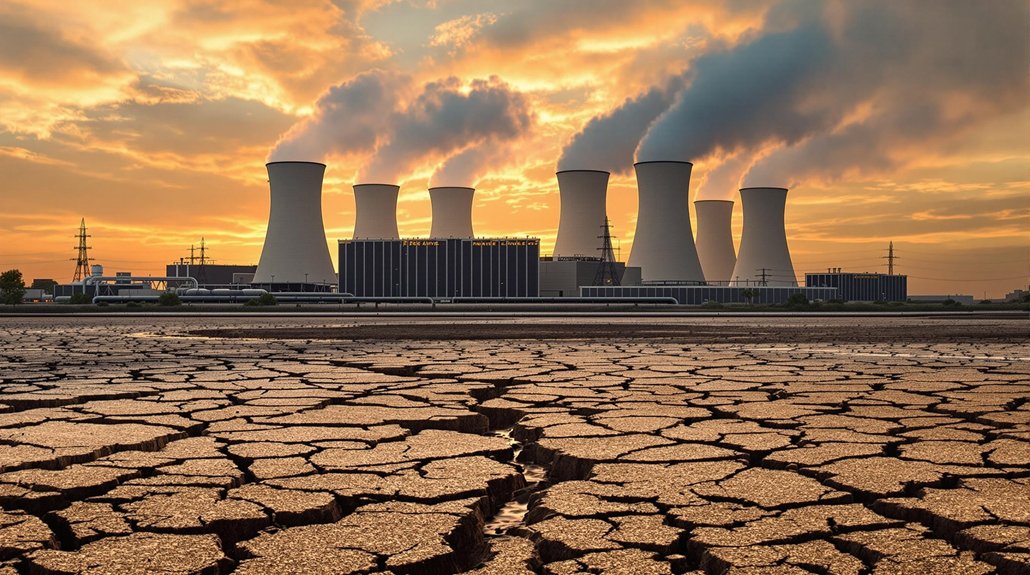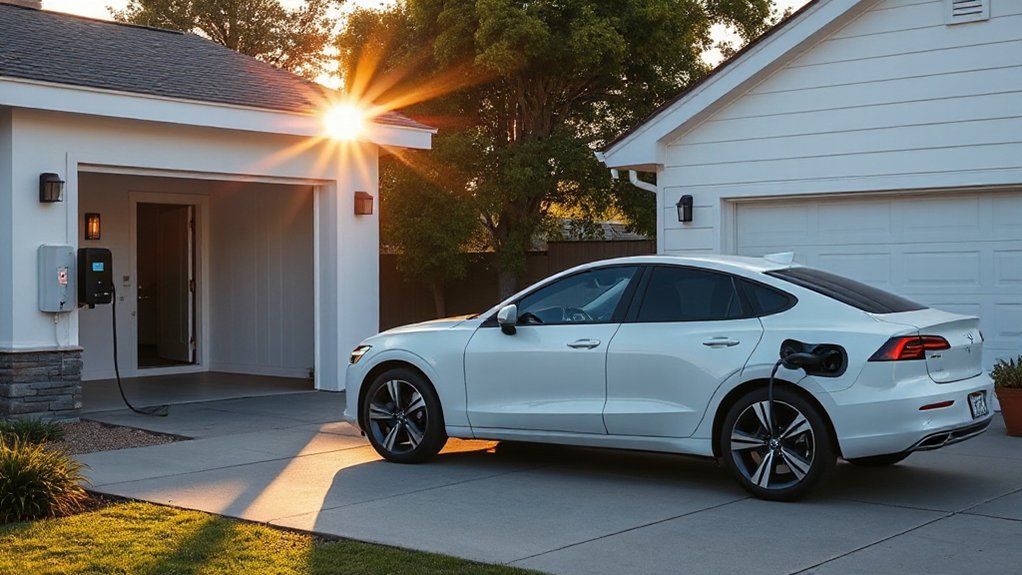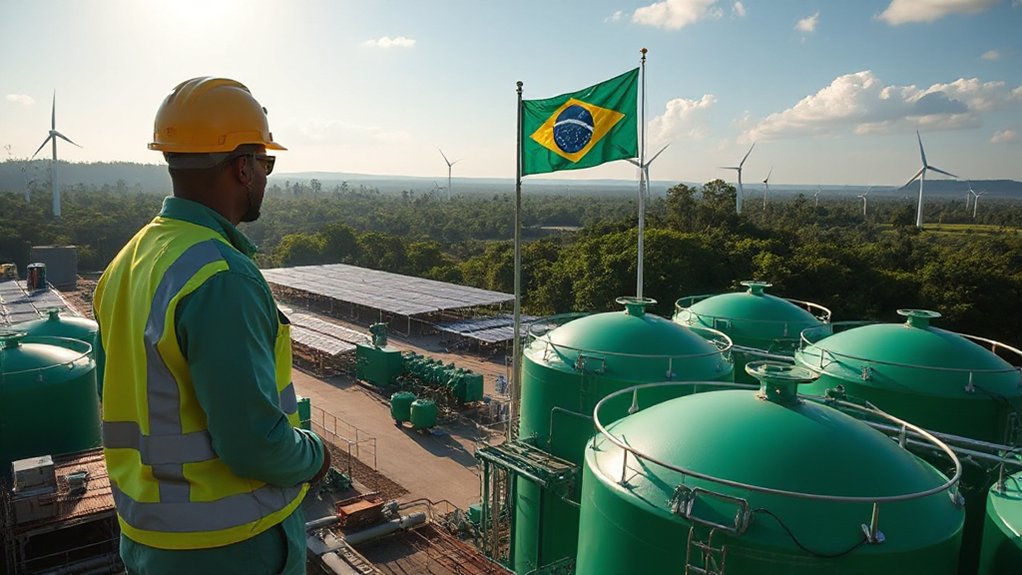While world leaders continue debating climate policy, people are dying—one every minute, to be exact. Heat-related deaths have surged 23% since the 1990s, killing 546,000 people annually. But hey, at least we’re breaking records, right?
2024 was the hottest year ever recorded, with the average person experiencing 16 additional health-threatening hot days. Those fancy climate indicators? Twelve of twenty key health metrics hit new records. Impressive! Not so much for the infants and elderly who’ve seen a fourfold increase in dangerous heat exposure over two decades.
The cost of heat-related deaths among older adults alone reached $261 billion. But who’s counting? Workers are literally dropping. In 2024, heat exposure wiped out 640 billion labor hours globally—that’s $1.09 trillion in productivity vanishing into the sweltering air.
Outdoor workers suffer most, especially in regions without adequate cooling infrastructure. No air conditioning in 100-degree heat? Tough luck. Then there’s the smoke. A staggering 154,000 deaths in 2024 were linked to wildfire smoke pollution.
Forests burning, lungs burning. Climate change is making wildfires more frequent, more intense, and deadlier. Deep breaths—or maybe not. Food security? Also going up in flames. About 124 million people faced moderate or severe food insecurity in 2023 due to droughts and heatwaves.
Crops don’t thrive in ovens. Climate-friendly agriculture could save over ten million lives annually, but that would require action. And action seems in short supply. The science is brutally clear. Three of six studied extreme heat events would have been nearly impossible without human-caused climate change. Limited financing for local heat adaptation continues to slow progress despite the rising human toll. The continued reliance on fossil fuels contributes to approximately 2.5 million deaths annually from air pollution alone.
Two are now approximately ten times more likely than they were in 2015 when the Paris Agreement was signed. Remember that hopeful moment? Meanwhile, the clock ticks. One death every minute. Debates continue. Papers are signed. Promises made. And the thermometer keeps rising. Transitioning to renewable energy requires a substantial investment of about global $110 trillion by 2050, but the human cost of inaction is incalculable.
References
- https://time.com/7329105/lancet-health-climate-impacts-2025/
- https://www.climatecentral.org/report/10th-anniversary-paris-agreement
- https://www.ucl.ac.uk/news/2025/oct/climate-change-inaction-costing-life-minute-excessive-heat-globally
- https://www.weforum.org/stories/2025/11/climate-inaction-human-cost-and-other-health-stories/
- https://cri.org/climate-change-and-human-health-millions-dying-from-climate-inaction/
- https://lancetcountdown.org/2025-report/
- https://www.oecd.org/en/publications/the-climate-action-monitor-2025_1819c631-en/full-report/how-vulnerable-are-countries-to-climate-risks_92df65fe.html
- https://www.lshtm.ac.uk/newsevents/news/2025/climate-change-inaction-costs-millions-lives-each-year-report-warns









